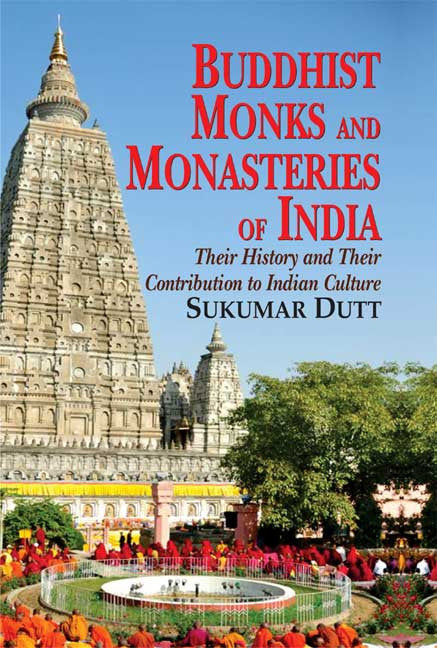Buddhist Monks and Monasteries of India: Their History and Contribution to Indian Culture
Buddhist Monks and Monasteries of India: Their History and Contribution to Indian Culture - Paperback is backordered and will ship as soon as it is back in stock.
Couldn't load pickup availability
Though India is no longer a Buddhist country, Buddhism held its place among Indian faiths for nearly seventeen centuries (500 B.C.-A.D. 1200). During this long stretch of time the Buddhist monks were organized in Sanghas in most parts of the country and their activities and achievements have profoundly influenced India's traditional culture.
There are monumental remains of Buddhist monastic life scattered all over India: in the south there are about a thousand cave-monasteries, among them Ajanta, world-famous for its exquisite mural paintings; in the north, less spectacular, the ruins of monastic edifices from Taxila in the west to Paharpur in the east. A connected history of the Buddhist monks of ancient India, their activities, their monastic establishments and their contributions to Indian culture, is available for the first time in this work, which is remarkable also for its pervading human interest.
In reconstructing the history of the emperors and kings who were patrons of Buddhism, the early missionaries and the illustrious monk-scholars of later times, the author has used sources in four languages-Pali, Sanskrit, Chinese and Tibetan.
Contents
The primitive sangha, The asoka-satavahana age 250 BC-AD 100 and its legacy, In the Gupta age (AD 300-550) and after, Eminent monk-Scholars of India, Monastic Universities, (AD 500-1200), Bib., Index.
Review(s)
The book gives a detailed description of the various stages of development of these monasteries. A great contribution of these monks was the thousands of manuscripts of Buddhist literature they produced. They were carried into distant countries like Tibet
About the Author(s)
-
Pages
-
Edition
-
Size
-
Condition
-
Language
-
Weight (kg)
-
Publication Year
-
Country of Origin
-
Territorial Rights
-
Reading Age
-
HSN Code
-
Publisher




